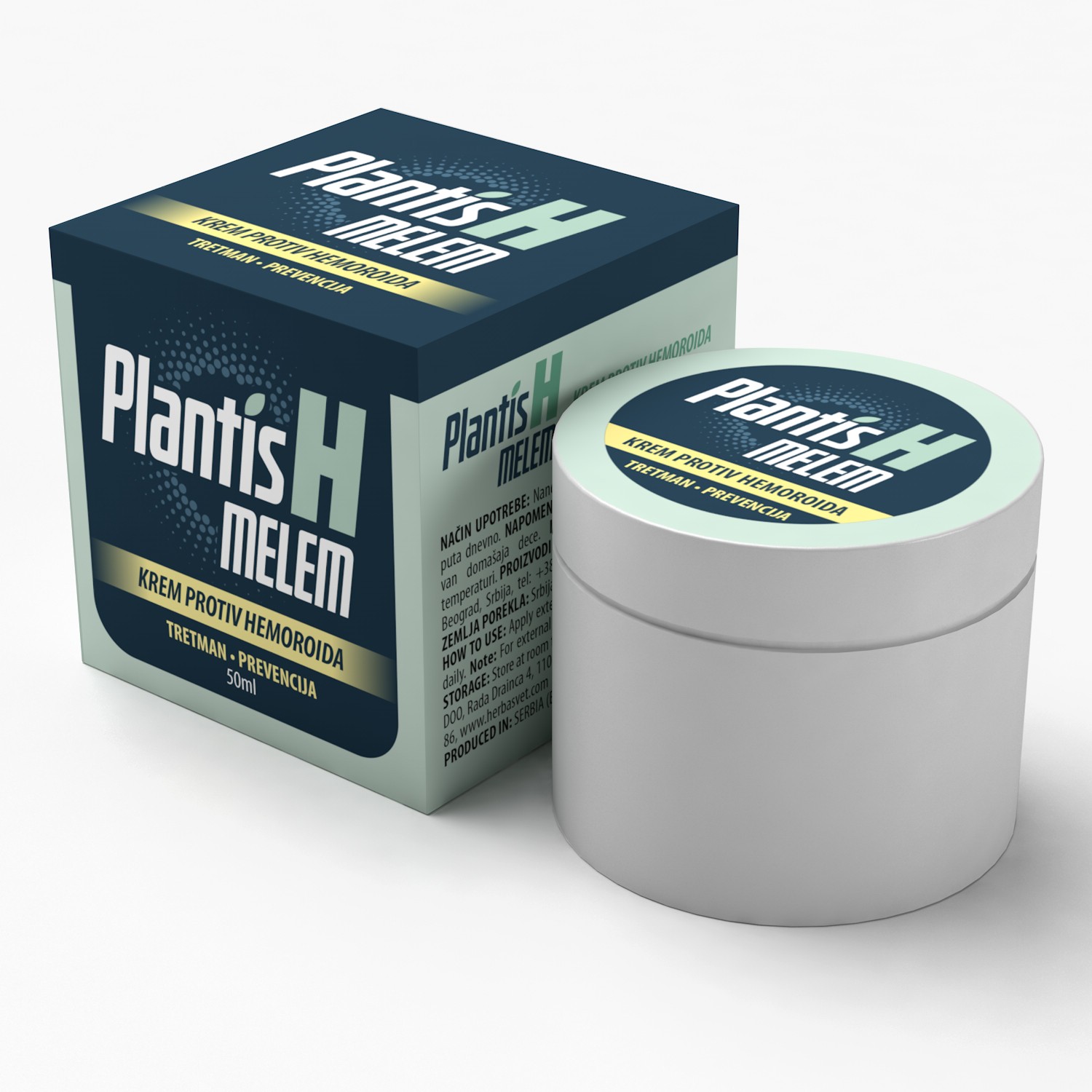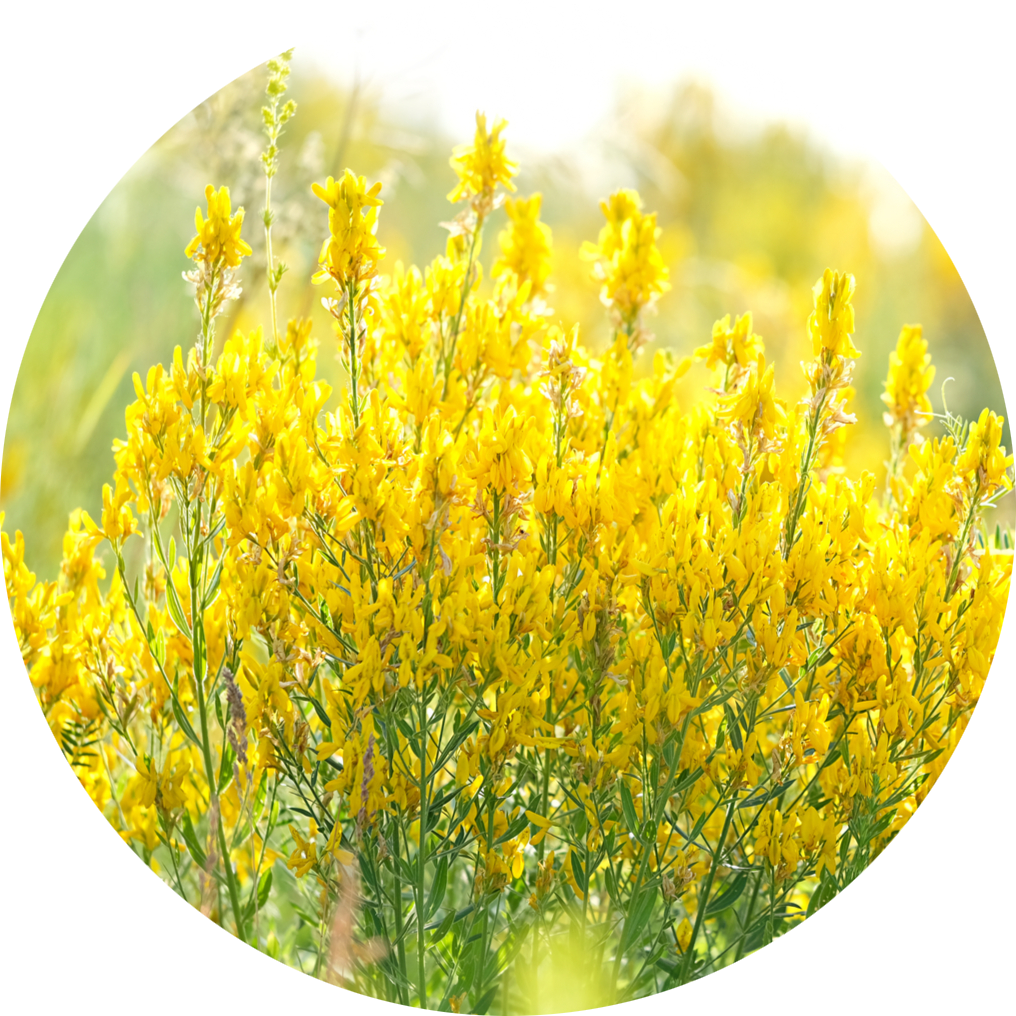(Melilotus officinalis)
Yellow sweet clover attracts millions of bees when it blooms in June. To their delight, this intoxicating honey-scented plant blooms until September and the result is one of the most prized types of honey, not only because of its taste and smell, but also because of its healing properties. Its scientific name, Melilotus officinalis, from the Greek meli – honey, indicates the importance that this plant plays in honey production. In English it is known by other names: yellow melilot, ribbed melilot and common melilot. “Clover” in its name is not accidental, because the plant is used in animal feed and often as a fertiliser for fatigued soil to increase the concentration of nitrogen in it. It originates from Asia, specifically from Russia and Kazakhstan, and is most represented in the valleys of the Volga and the Don rivers, and especially in Kalmykia in the Caucasus, where the Kalmyks, a western Mongol people, have used it in their diet for a long time. Yellow sweet clover quickly spread throughout Europe and America, where it was brought by immigrants; it is one of the first plants to grow on fire-scorched earth. The seeds can rest in the ground for years, and the plant itself is resistant and thrives in harsh conditions – no wonder this master of survival has very healing properties.
MEDICINE FOR VEINS
This exceptional medicinal plant has always been used in folk medicine to treat inflammation of the veins. Studies have proven that yellow sweet clover has strong anti-inflammatory properties, it reduces swelling and has antitumor action. This is thanks to flavonoids and phenolic acid which have a strong antioxidant action. In fact, one study concluded that, in acute inflammation, yellow sweet clover’s action is similar to that of hydrocortisone, a corticosteroid used in inflammatory diseases. Therefore, when it comes to inflammation of the veins, yellow sweet clover – as a proven vasodilator, reduces the feeling of heaviness and pressure in the legs, eliminates swelling and reduces bruising. It is also useful for healing hematomas and bruises.
Another important ingredient of this plant is coumarin which complements its anti-inflammatory effect. The sweet smell of coumarin is reminiscent of freshly cut hay and is often used in perfumes. Yellow sweet clover has yellow flowers which have a specific smell and taste, precisely because of coumarin, which is why it is also used in food: the famous Swiss gruyere, yellow cheese, owes its special taste to this plant. It was often used as a spice throughout Europe; it is still valued today in the tobacco and alcoholic beverage industry for its aroma.
However, when it comes to coumarin, it should be borne in mind that, in the presence of certain fungi, this substance becomes a strong anticoagulant – it dilutes the blood. Farmers know this best, because when yellow sweet clover processed for cattle feed goes mouldy, coumarins are transformed into dicoumarol, which can lead to “sweet clover poisoning” which causes internal bleeding in livestock. For the same reason, when yellow sweet clover is prepared as a medicine for human use, it is important that it is well dried and not mouldy. That is why it is good to use this plant in proven preparations.
YELLOW SWEET CLOVER CALMS HAEMORRHOIDS
When we use professionally processed sweet yellow clover, we can expect only benefits from it. And just as it reduces inflammation of the veins by encouraging good circulation of both blood and lymph, yellow sweet clover is an excellent remedy for inflamed haemorrhoids. Haemorrhoids are sacks composed of connective tissue and blood vessels in the anal canal area and at the very exit of the anal canal; they play an important role in stool control. When they become inflamed and enlarged, they can be very painful and can bleed. Problems with haemorrhoids often occur due to improper diet, excessive use of laxatives, hard stool, insufficient movement or prolonged exertion; they can also be caused by some other disorders such as uterine fibroids. They are common in pregnant women because the foetus can put pressure on the rectum.
Inflamed haemorrhoids are actually inflamed blood vessels in them. Just as yellow sweet clover encourages good blood circulation and prevents lymphatic stagnation, it also impacts blood vessels in haemorrhoids. While encouraging good blood circulation and preventing inflammation and swelling, this plant very quickly brings relief when used in compresses and balms. It reduces pain, itching and irritation and is of great help in the recovery process after haemorrhoid surgery.
SWEET YELLOW CLOVER FOR GOOD DIGESTION
In addition to reducing inflammation in the rectum, yellow sweet clover has a beneficial effect on the entire digestive system. The European Medicines Agency highlights its use in digestive disorders such as bloating. It is very effective for ulcers on the stomach and duodenum, which Hippocrates also wrote about. But most importantly, studies have proven its calming effect on ulcerative colitis, an inflammatory bowel disease, and Crohn’s disease, which are all inflammatory diseases of the digestive system that are increasingly prevalent in modern society. Research has shown that catechins and cinnamic acid from coumarin and phenol contribute to the healing properties in these cases. Sweet yellow clover thus soothes inflammation of the intestinal mucosa, has an antioxidant effect and strengthens immunity of the entire digestive tract.
In addition, it acts as a cleanser of the urinary system. As it reduces swelling, it is also useful for enlarged liver, hepatitis, asthma, headaches, dizziness, hypertension, various abscesses… This plant eliminates the feeling of heaviness in the legs, cramps, joint pain, neuralgia and tension. Recent research has revealed another interesting fact: coumarin from sweet yellow clover reduces lymphedema by as much as 79 per cent in breast cancer patients.
The healing properties of sweet yellow clover are yet to be discovered… In the meantime, the plant has found its place in the excellent preparation made by Herba Svet: Plantis H balm. In addition to this great plant, the balm also contains extracts of chestnut, gotu kola, marigold flower and St. John’s wort – all known for their strong anti-inflammatory effect; it also contains lady’s mantle, yarrow, lemon balm and broadleaf plantain – the famous “wound healers”. The synergy of medicinal herbs in Plantis H balm reduces pain in haemorrhoids, soothes inflammation, improves blood circulation, accelerates wound epithelialisation, prevents bleeding with a strong astringent effect, and accelerates revitalisation of the skin and connective tissue.
Plantis H balm both helps treat existing haemorrhoids and prevents the growth of new ones; it is ideal for the recovery process after haemorrhoid surgery. It is completely natural and safe for use by pregnant women as well.

